
As the third largest island in the Mediterranean, located smack dab in the center of the Eastern and Western worlds, Cyprus in understandably a bit of an ethnic mish-mash cultural influences, which is explains its traveler’s allure.
Ruled by the Assyrians, Phoenicians, Persians, Greeks, Egyptians, ancient Byzantines, Romans, British, and Turkish, the far reaching impacts from many world powers are evident all over the island—from its unique cuisine to its impressive architecture.
Here are ten interesting tidbits from Cyprus history that have shaped the island to what it is today…
Advertisement
1. Cyprus’ Most Valuable Export was Copper
Cyprus takes its name from its very first export—copper (or kypros)—which was abundant on the island when the first inhabitants settled on the island and named it after this plentiful resource and led to valuable commercial and cultural relations with Asia Minor, Egypt, and the Syrian (Palestinian) empires.

2. Egyptian Influence on Cyprus
Egypt emerged as the leading power in the eastern Mediterranean at the start of the Late Bronze Age (between 1650 and 1050 BC), and Cyprus became a flourishing commercial hub for eastern and western cultural exchange.

3. Greek Influence on Cyprus
The arrival of Mycenaean traders led to the Greece’s first foray into Cyprus during the Dark Ages, when earthquakes rocked this area of the Mediterranean and decimated nearly all settlements, leaving the people on the island impoverished and population in swift decline.
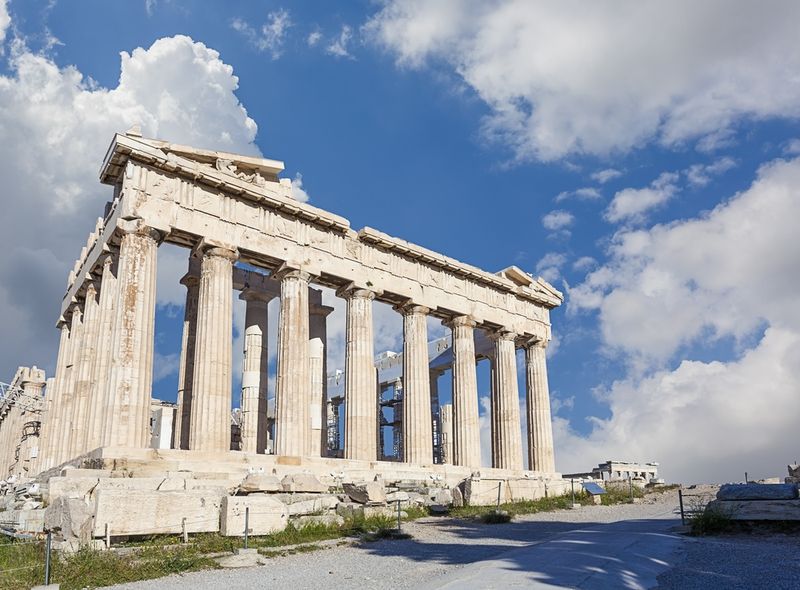
4. Cyprus’ Cultural Renaissance
With the arrival of the Phoenicians from the Orient around 9th century BC, and subsequently by the Persian Empire in 490BC, the island of Cyprus experienced a renaissance of culture, population, and wealth as part of the Assyrian Kingdom, and resumed export of copper, as well as wood thanks to the island’s strategic location.
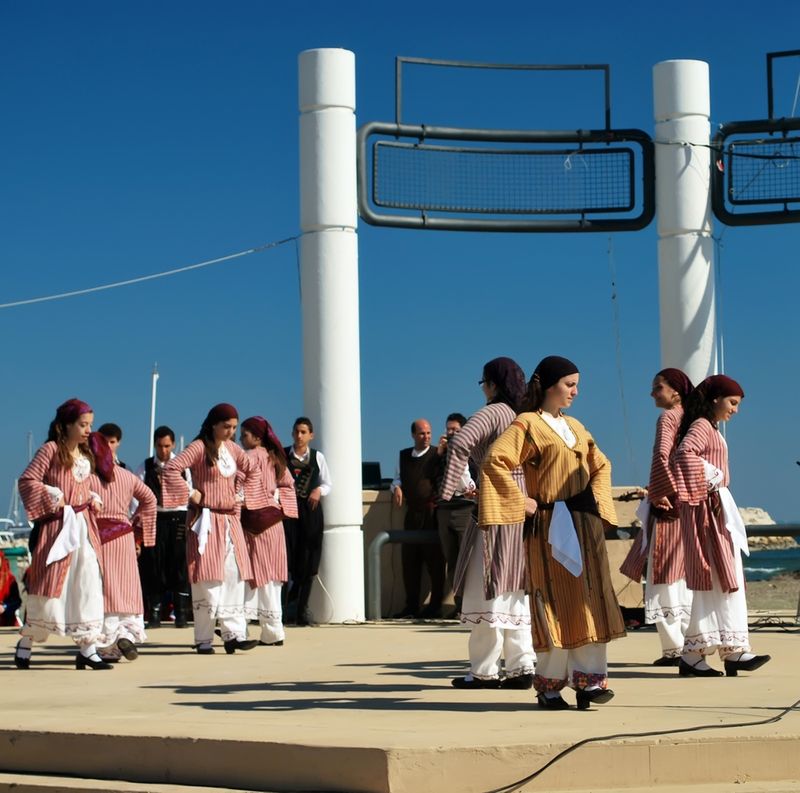
Advertisement
5. Persian Revolt
In 499 BC, a Persian revolt by coastal Asia Minor ushered in Greek influence. By the beginning of the 5th century BC, The Delian League, an association from Athens, liberated portions of Cyprus from the Persians and Evagoras ruled after Cyprus supported Alexander the Great in his defeat of the Persians. This period of Greek influence was followed by Cyprus’ joining the Roman Empire in 58 BC when Christianity was brought to the island.
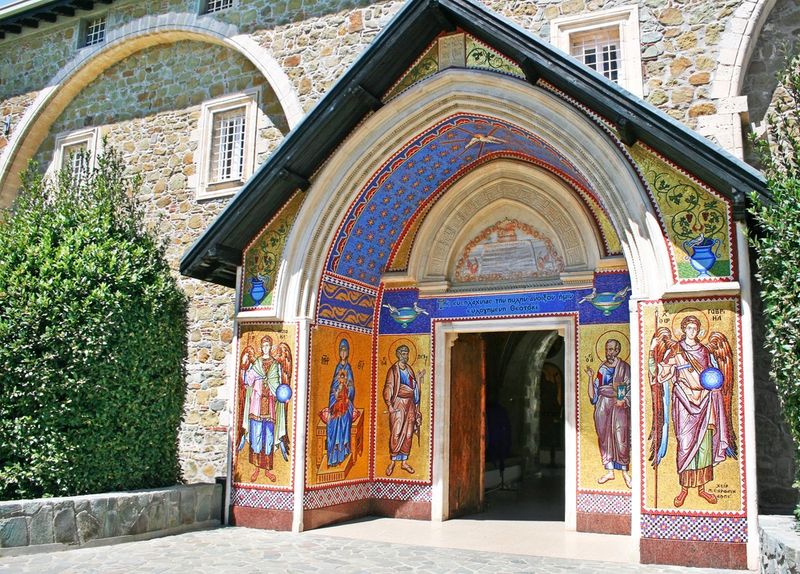
6. Arab-Byzantine Rule
From 648 to 963 AD, Cyprus accepted Muslims under the Arab-Byzantine treaty. The island was pillaged by Arabs and many of the Christian religious icons were hidden in caves to avoid destruction.
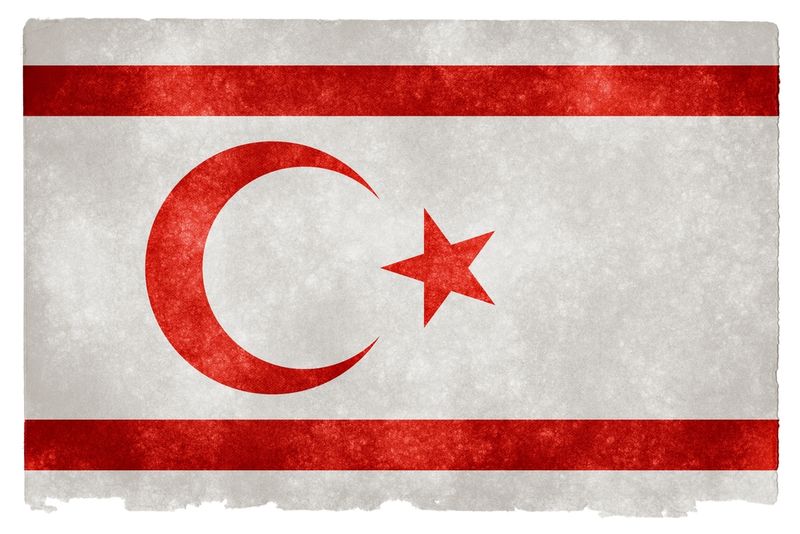
7. Arabian Influence is Driven Out of Cyprus
During the middle Byzantine period (from 963 to 1184),Emperor Nikiphorous II Phokas exiled Muslims from Cyprus, two centuries of prosperity and peace followed until the Crusaders brought more plundering in 1184. During this time, Richard the Lionheart takes control of Cyprus, selling it first to the Knights Templar and then to French nobleman, Guy de Lusignan who rule the island until 1489.
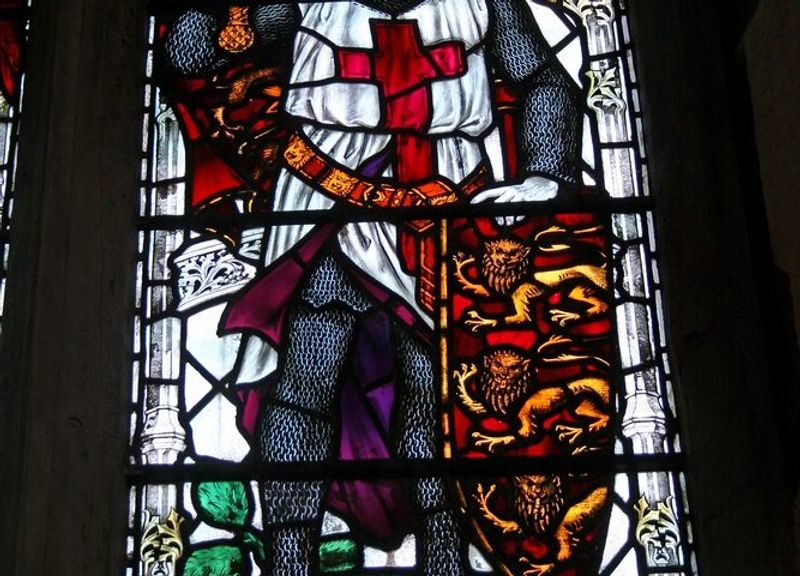
8. Turkish to British Rule
In 1571, Cyprus was once again under Ottoman rule. Unfortunately, the island was left in disrepair until Turkey signed Cyprus over to the British in 1878 in return for the British support against the Russian attack on Istanbul. Cyprus remained a British colony from 1878 until 1960—throughout World War II, the uprising of TMT (the Turkish Resistance Organisation) and subsequent bombings and intercommunal riots. Finally, in 1960, the Brits hand over independence with Britain, Turkey and Greece appointed as guarantors of peace.
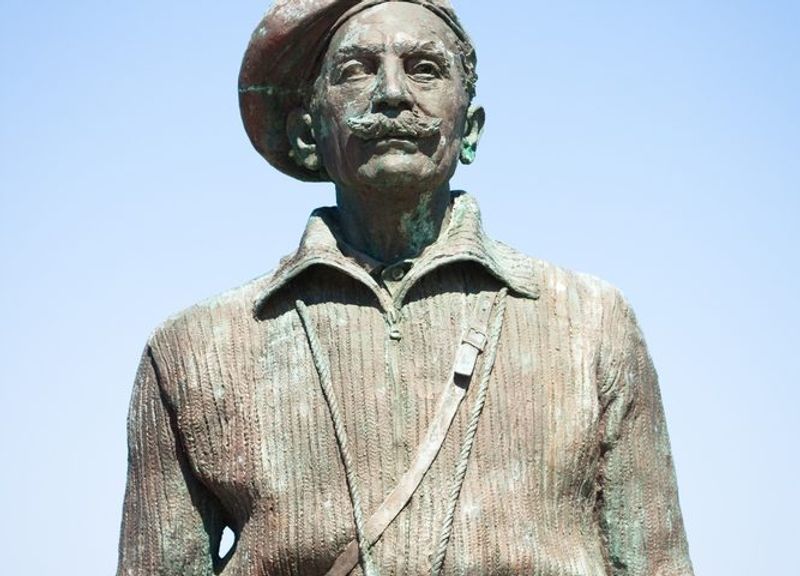
9. The Self-Imposed Segregation of Cyprus
From 1964 until 1974, Cyprus enjoyed a relatively peaceful period with Turkish-Cypriots establishing self-imposed segregation from the Greek-Cypriot majority. In January 1974, President Makarios is overthrown by Turkish invaders and the Greek-Turkish fighting completely topples the Greek junta from power. In August 1974, the United Nations ordered a cease-fire and reinstated Makarios as President.
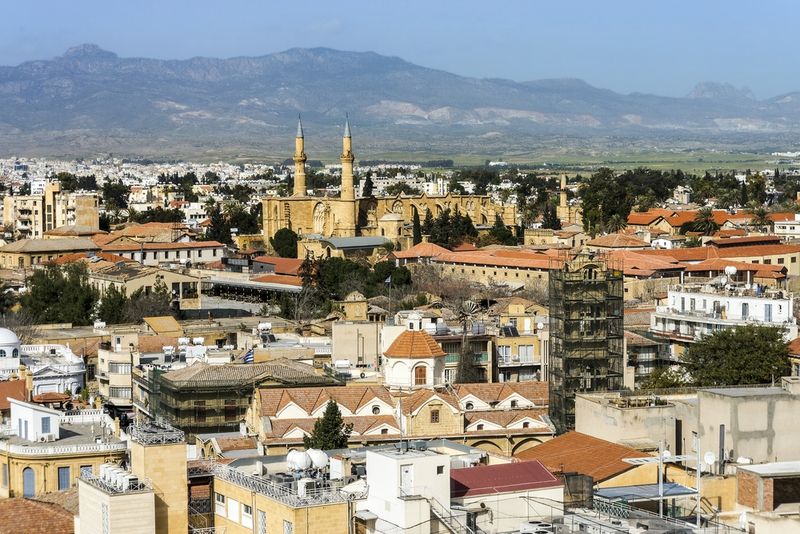
Advertisement
10. Cyprus Remains Segregated
In the wake of the 1974 UN-imposed cease-fire, the Cyprus of today remains split in two. While the southern Independent Republic of Cyprus or “Greek Cyprus” portion of the island flourishes thanks to tourism; the northern “Turkish Republic of Northern Cyprus” or “Occupied Cyprus” remains an unpopular tourist destination to this day.
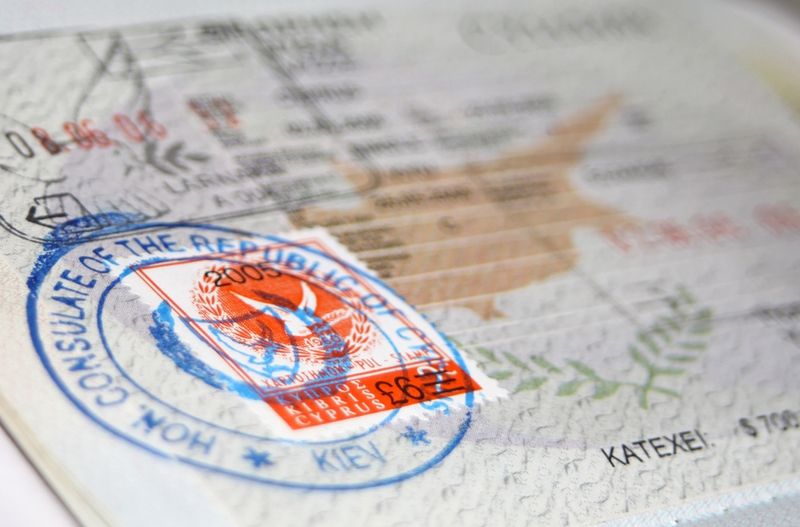
Advertisement